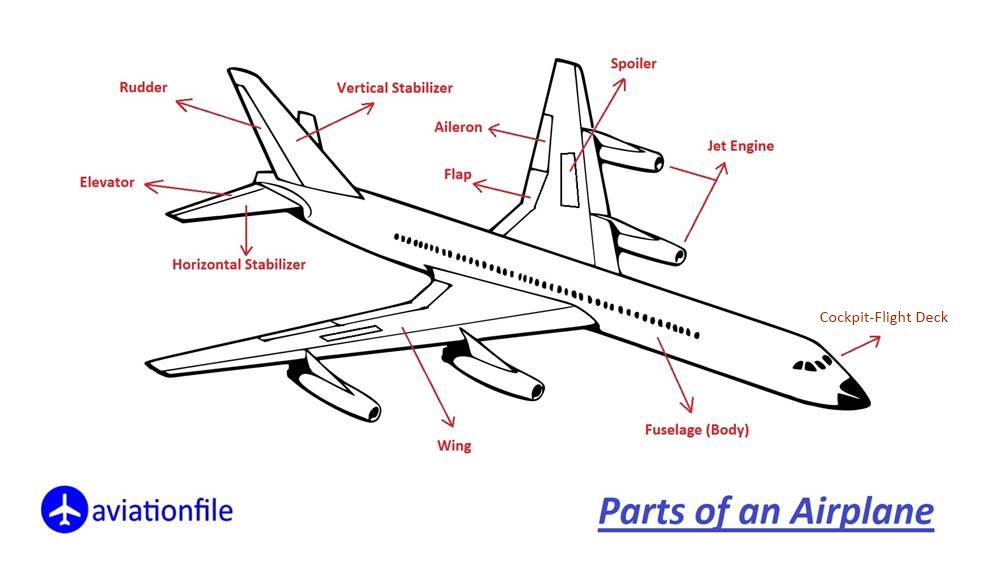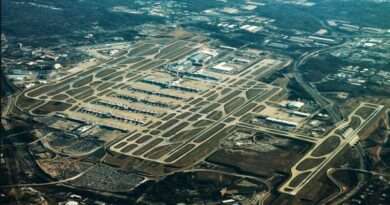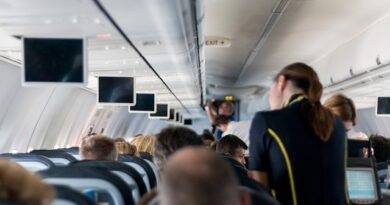Short Takeoff and Landing (STOL) in Aviation
Overview
Short Takeoff and Landing (STOL) is a capability of certain aircraft that allows them to operate from shorter-than-normal runways, often in remote, unprepared, or constrained environments. This feature is crucial in situations where traditional runways are not available or where access to remote areas is needed, such as in military operations, rescue missions, or bush flying.
Key Features of STOL Aircraft
- Design Characteristics:
- High Lift Devices: STOL aircraft are equipped with high-lift devices, such as flaps, slats, and leading-edge extensions, to increase lift at lower speeds.
- Optimized Wing Design: Designers often create wings for slow-speed flight, prioritizing greater lift at the expense of high-speed performance.
- Powerful Engines: Stronger engines help in quick acceleration, allowing the aircraft to reach takeoff speed more rapidly on short runways.
- Landing Gear:
- STOL aircraft usually feature robust landing gear to handle rough terrain and unprepared airstrips. The gear may be oversized, reinforced, or equipped with large tires for landing on grass, gravel, or dirt strips.
- Control Surfaces:
- Large, responsive control surfaces (ailerons, elevators, and rudders) allow the pilot to maintain precise control at lower speeds, which is critical for short takeoffs and landings.

STOL Aircraft Examples
- De Havilland Canada DHC-6 Twin Otter:
- Widely used for remote operations in regions like Alaska and Canada, this aircraft is known for its excellent STOL capabilities, handling unpaved runways with ease.
- Pilatus PC-6 Porter:
- Known as a rugged and versatile aircraft, the Pilatus PC-6 Porter is used for military, rescue, and adventure flying. It is capable of taking off and landing on extremely short airstrips.
- Antonov An-2:
- A classic Soviet-era biplane, the Antonov An-2 can operate from almost any surface, needing only a few hundred meters to take off or land.
Applications of STOL Aircraft
- Bush Flying:
- STOL aircraft are integral to bush pilots who need to access remote wilderness areas. These aircraft provide essential transportation to regions without developed infrastructure, delivering supplies, personnel, or conducting medical evacuations.
- Search and Rescue:
- In emergency situations, STOL aircraft can land in inaccessible areas, delivering rescue teams or supplies in situations where helicopters are unavailable or unsuitable.
- Military Use:
- Many military operations require STOL capabilities, especially in forward-operating bases or conflict zones where runways may be damaged or limited.
- Humanitarian Aid:
- STOL aircraft play a key role in humanitarian missions, particularly in disaster zones where airports or infrastructure have been destroyed.
Factors Affecting STOL Performance
- Runway Surface and Slope:
- The texture and slope of the runway can significantly influence the takeoff and landing performance. Grass, gravel, or snow may require different techniques or modifications to aircraft systems.
- Weather Conditions:
- Wind, temperature, and humidity impact aircraft performance. For example, headwinds can aid in reducing the distance required for takeoff, while high temperatures may reduce engine efficiency and lift.
- Weight and Balance:
- Proper load distribution and weight management are critical in STOL operations. Heavier aircraft require more power and distance to get airborne, so operators must be vigilant about payload limitations.
Techniques for STOL Operations
- Takeoff Techniques:
- STOL pilots typically use full power before brake release to maximize acceleration from the start of the roll. Once airborne, a steep climb is often initiated to clear obstacles.
- Landing Techniques:
- Pilots often perform steep approaches at slower-than-normal speeds to land on shorter strips. Precise control of speed and descent rate is critical to ensure the aircraft touches down as early as possible on the runway.
Conclusion
STOL technology is a vital component in aviation for accessing areas with limited infrastructure or during critical missions requiring rapid deployment or evacuation. The design and operational techniques of STOL aircraft make them indispensable in environments where conventional aircraft would be unable to operate.


